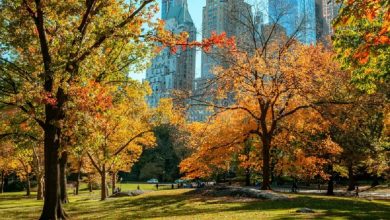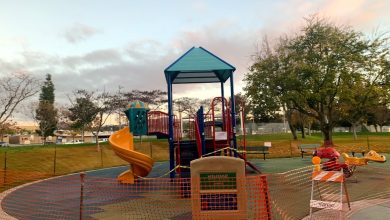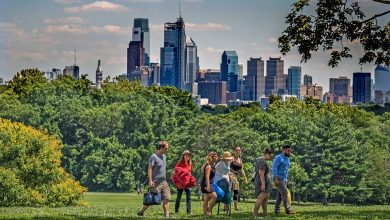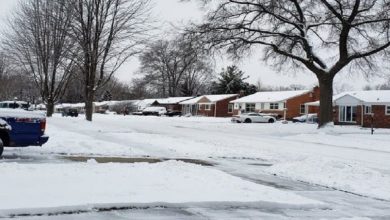How New Yorkers Can Overcome Seasonal Depression and Winter Blues
Understanding Seasonal Affective Disorder and practical ways to stay mentally healthy during New York’s cold, dark months.
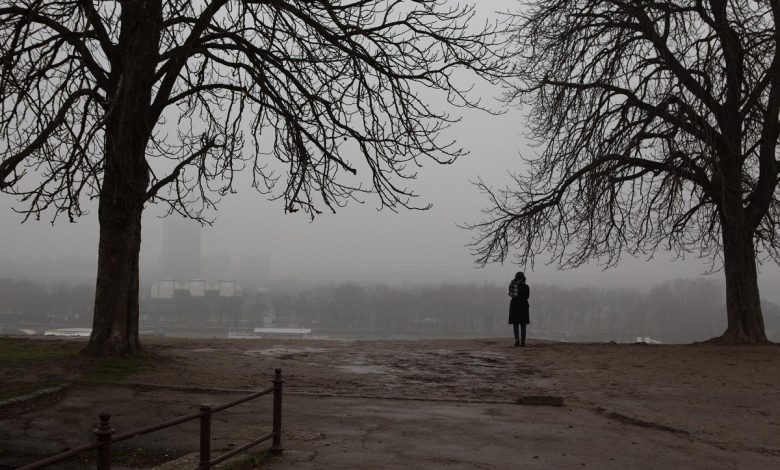
As the bright colors of fall fade and the days grow shorter, a familiar chill descends upon New York City. For many residents, the arrival of winter signals more than just colder weather and festive holidays—it can usher in a period known as the “winter blues,” or for some, a deeper condition: Seasonal Affective Disorder (SAD). This type of depression is marked by significant mood changes linked to seasonal shifts, especially during the dark, cold months of the year.
Seasonal Affective Disorder manifests through a range of symptoms that can deeply impact daily life. Individuals may experience persistent feelings of sadness, anxiety, or an “empty” mood for most of the day, often accompanied by hopelessness. A noticeable loss of interest or pleasure in previously enjoyable activities is common.
Physically, symptoms often include low energy levels, difficulty focusing, and changes in sleep patterns, such as oversleeping. Appetite changes are also frequent, with strong cravings for carbohydrates. In more severe cases, individuals may struggle with thoughts of death or suicide, requiring immediate professional intervention.
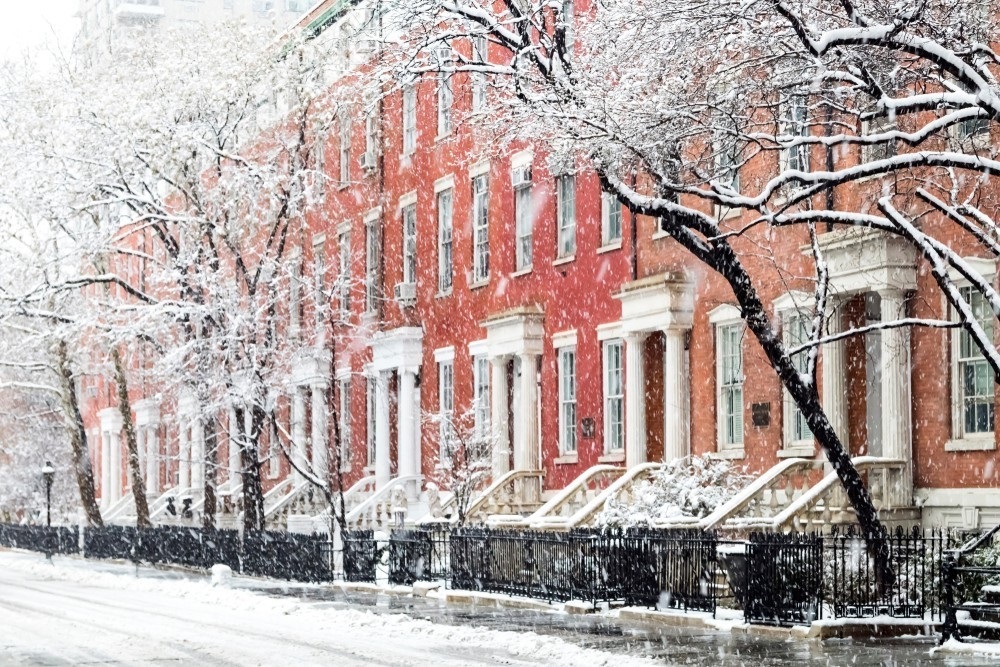
How New York’s Dark Winters Deepen the “Seasonal Blues”
Mental health experts emphasize that even those without a clinical depression diagnosis can experience energy dips and mood changes due to environmental factors. Decreased daylight hours combined with cold weather make spending time outdoors and engaging in social activities less appealing and more challenging. In a bustling city like New York, these challenges are often magnified. Experts note that the city’s tall skyscrapers can significantly block natural sunlight, further reducing exposure—especially for people who spend long hours indoors.
A clinical psychologist and executive at a leading behavioral health organization in New York explains that the fall and winter months naturally mean less sunlight exposure. The city’s dense skyline, with rows of high-rises, exacerbates this by casting long shadows and reducing precious daylight. Moreover, New York’s demanding work culture means many people commute before sunrise and return home long after sunset, depriving them of vital light exposure. This ongoing lack of natural light can disrupt the body’s circadian rhythm and affect neurotransmitters that regulate mood.
Beyond environmental factors, social and emotional elements play a crucial role. A psychologist from a major city health center highlights the tendency toward increased isolation during this season. Shorter, darker days make it easy and tempting to retreat indoors and disengage socially. While the holiday season brings joy to many, it can be a difficult, triggering time for others—stemming from complex family dynamics, grief after a recent loss, or unmet expectations for personal milestones as the year ends. These emotional pressures, combined with reduced sunlight and social withdrawal, can intensify feelings associated with the “winter blues” or SAD.

Beating New York’s Winter Blues: Therapy, Light, and Hope
Fortunately, Seasonal Affective Disorder and depression respond well to several forms of treatment. Experts strongly recommend that anyone experiencing symptoms seek professional help. Cognitive Behavioral Therapy (CBT) has proven highly effective for SAD, helping individuals identify and change negative thinking and behavior patterns. Light therapy, which involves using a special lamp that mimics natural outdoor sunlight, is another widely recommended and effective option. Therapists may suggest using a sunlight lamp at home to supplement natural light exposure, especially in the early morning hours.
Alongside structured therapy, simple lifestyle adjustments can make a significant difference. Maximizing real sunlight exposure during the colder months is essential. Taking regular outdoor walks, even for short periods, provides much-needed natural light and fresh air. Combating isolation through social engagement is also vital. For those who find it difficult to connect, starting with “low-risk” plans can help—such as a weekly phone call with a friend or gradually increasing outdoor activities with loved ones. The key is to find manageable ways to foster connection and avoid full withdrawal.
New York City also offers a broad support network for mental health challenges. For anyone facing a mental health crisis, the 988 Suicide and Crisis Lifeline is readily available statewide, connecting individuals to local care providers. Teens in the city can access “Teenspace,” a program offering free phone, video, and text-based therapy for a range of concerns—from anxiety and depression to relationship issues. Additionally, various free and low-cost options are available through city health services, regardless of insurance or immigration status. Graduate school clinics often provide counseling at reduced rates as well. For guidance on accessing these resources, organizations like the National Alliance on Mental Illness of NYC can offer valuable assistance.
Addressing the “winter blues” or Seasonal Affective Disorder is a crucial step toward maintaining overall well-being. Through a combination of professional guidance, proactive self-care, and New York’s vast support network, residents can face the colder months with greater resilience and hope.
